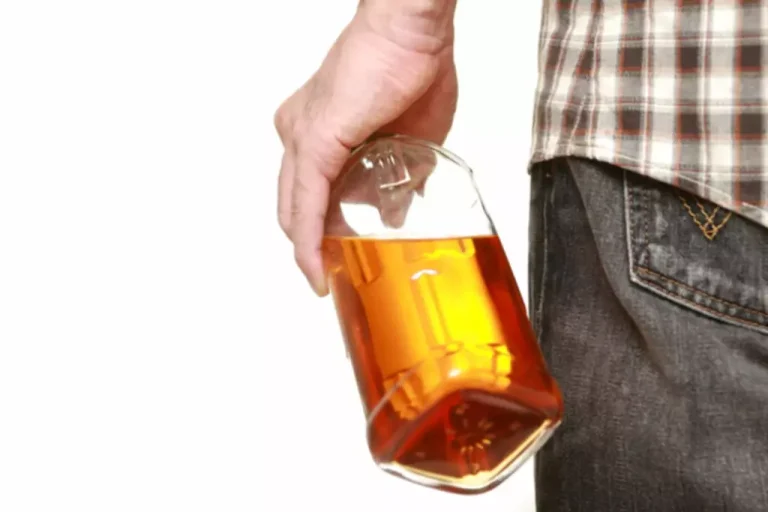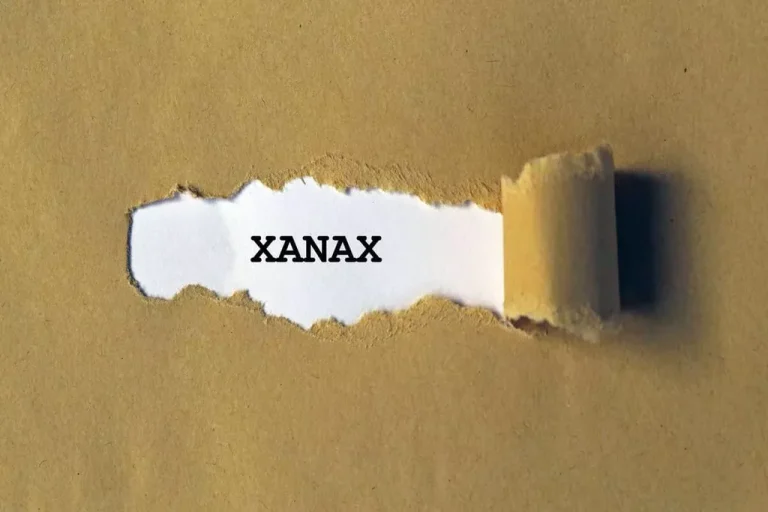
Observing short-term abstinence effects across potential behavioral addictions is vital for informing understanding about how addiction-related symptoms (withdrawal, craving and relapse) might manifest across these behaviors. This review aimed to synthesize existing research evidence on short-term abstinence effects across potential behavioral addictions in light of (1) manifestations of withdrawal, craving and relapse, and (2) benefits or counterproductive consequences of abstinence. We reviewed 47 prospective studies examining effects of short-term abstinence across six potential behavioral addictions (exercise, gambling, gaming, mobile phone use, pornography use, social media use). Findings of the review showed that there is a paucity of prospective studies investigating abstinence effects in relation to potential behavioral addictions, except for exercise.
Restricting mobile phone access during homework increases attainment of study goals
- Nonabstinence approaches to SUD treatment have a complex and contentious history, and significant social and political barriers have impeded research and implementation of alternatives to abstinence-focused treatment.
- This includes studies that experimentally manipulate abstinence, since participants are only instructed to abstain from the behavior for a predetermined amount of time.
- The most recent national survey assessing rates of illicit drug use and SUDs found that among individuals who report illicit drug use in the past year, approximately 15% meet criteria for one or more DUD (SAMHSA, 2019a).
Nevertheless, these studies were useful in identifying limitations and qualifications of the RP taxonomy and generated valuable suggestions [121]. 2The term “reliability” refers to the ability of a test or method to provide stable results (e.g., when different patients are compared or different investigators rate the same patient). The term “predictive validity” refers to the ability of a test or method to predict a certain outcome (e.g., relapse risk) accurately. In a study by McCrady evaluating the effectiveness of psychological interventions for alcohol use disorder such as Brief Interventions and Relapse Prevention was classified as efficacious23.

Balanced lifestyle and Positive addiction
Gordon as part of their cognitive-behavioral model of relapse prevention, and it is used particularly in the context of substance use disorders. The Abstinence Violation Effect is a concept originally introduced by psychologist Alan Marlatt in the context of treating substance abuse. It stems from the belief that individuals who establish strict rules of abstinence may be more vulnerable to relapse when faced with a violation of those rules.

Empirical findings relevant to the RP model
Also, many studies that have examined potential mediators of outcomes have not provided a rigorous test [129] of mechanisms of change. These results suggest that researchers should strive to consider alternative mechanisms, improve assessment methods and/or revise theories about how CBT-based interventions work [77,130]. Recently, abstinence violation effect definition Magill and Ray [41] conducted a meta-analysis of 53 controlled trials of CBT for substance use disorders. Overall, the results were consistent with the review conducted by Irvin and colleagues, in that the authors concluded that 58% of individuals who received CBT had better outcomes than those in comparison conditions.

- This can create a cycle of self-recrimination and further substance use, making it challenging to maintain long-term abstinence.
- The following section reviews selected empirical findings that support or coincide with tenets of the RP model.
- Additionally, we review the nascent but rapidly growing literature on genetic predictors of relapse following substance use interventions.
- Unlike substance addictions, behavioral addictions do not involve direct contact with brain synapses through the introduction of an exogenous ligand, but instead alter endogenous ligand functions.
Instead, prospective studies of abstinence situations are particularly useful in allowing observation of these psychological phenomena as they may arise over an abstinence period. Naturally occurring periods of abstinence (e.g., intrinsically motivated cessation attempts) are useful for researchers to systematically observe where they do occur but may be rare depending on the behavior of interest. Prospective studies examining cognitive, affective, physical, and behavioral reactions to abstinence can be a useful methodological tool in systematically investigating addiction-related symptomatology, especially withdrawal, craving, and relapse (i.e., do these symptoms manifest, and if so, for whom, how, and why?). Positive social support is highly predictive of long-term abstinence rates across several addictive behaviours.
- One of the key features of the AVE is its potential to trigger a downward spiral of further relapse and continued substance use.
- Establishing lapse management plans can aid the client in self-correcting soon after a slip, and cognitive restructuring can help clients to re-frame the meaning of the event and minimize the AVE [24].
- Finally, an intriguing direction is to evaluate whether providing clients with personalized genetic information can facilitate reductions in substance use or improve treatment adherence [110,111].
- There are many relapse prevention models used in substance abuse treatment to counter AVE and give those in recovery important tools and coping skills.
Changes in brain activity in response to problem solving during the abstinence from online game play
Our treatment options include detox, inpatient treatment, outpatient treatment, medication-assisted treatment options, and more. As a result, it’s important that those in recovery internalize this difference and establish the proper mental and behavioral framework to avoid relapse and continue moving forward even if lapses occur. AVE describes the negative, indulgent, or self-destructive feelings and behavior people often experience after lapsing during a period of abstinence.

Abstinence Violation Effect (AVE) What It Is & Relapse Prevention Strategies
Ecological momentary assessment [44], either via electronic device or interactive voice response methodology, could provide the data necessary to fully test the dynamic model of relapse. Ideally, assessments of coping, interpersonal stress, self-efficacy, craving, mood, and other proximal factors could be collected multiple times per day over the course of several months, and combined with a thorough pre-treatment assessment battery of distal risk factors. Future research with a data set that includes https://ecosoberhouse.com/article/alternatives-to-alcohol/ multiple measures of risk factors over multiple days could also take advantage of innovative modeling tools that were designed for estimating nonlinear time-varying dynamics [125]. The goal of the specific intervention strategies—identifying and coping with high-risk situations, enhancing self-efficacy, eliminating myths and placebo effects, lapse management, and cognitive restructuring—is to teach clients to anticipate the possibility of relapse and to recognize and cope with high-risk situations.

The RP model proposed by Marlatt and Gordon suggests that both immediate determinants (e.g., high-risk situations, coping skills, outcome expectancies, and the abstinence violation effect) and covert antecedents (e.g., lifestyle factors and urges and cravings) can contribute to relapse. The RP model also incorporates numerous specific and global intervention strategies that allow therapist and client to address each step of the relapse process. Specific interventions include identifying specific high-risk situations for each client and enhancing the client’s skills for coping with those situations, increasing the client’s self-efficacy, eliminating myths regarding alcohol’s effects, managing lapses, and restructuring the client’s perceptions of the relapse process. Global strategies comprise balancing the client’s lifestyle and helping him or her develop positive addictions, employing stimulus control techniques and urge-management techniques, and developing relapse road maps. Perhaps the most notable gap identified by this review is the dearth of research empirically evaluating the effectiveness of nonabstinence approaches for DUD treatment.